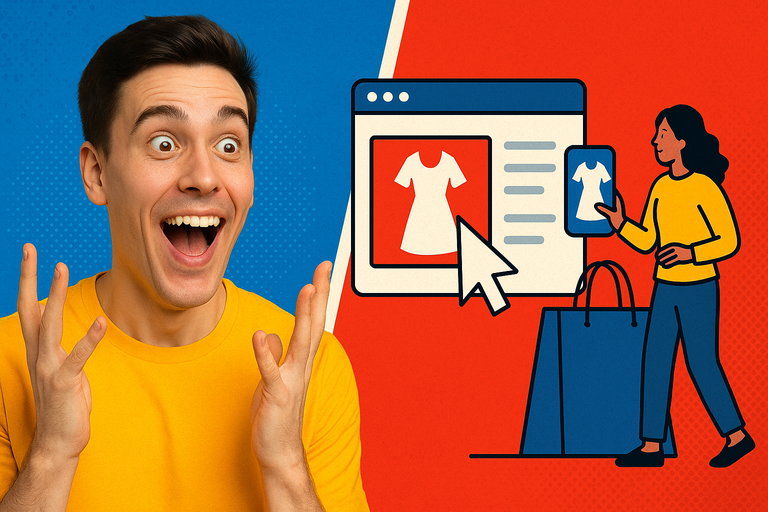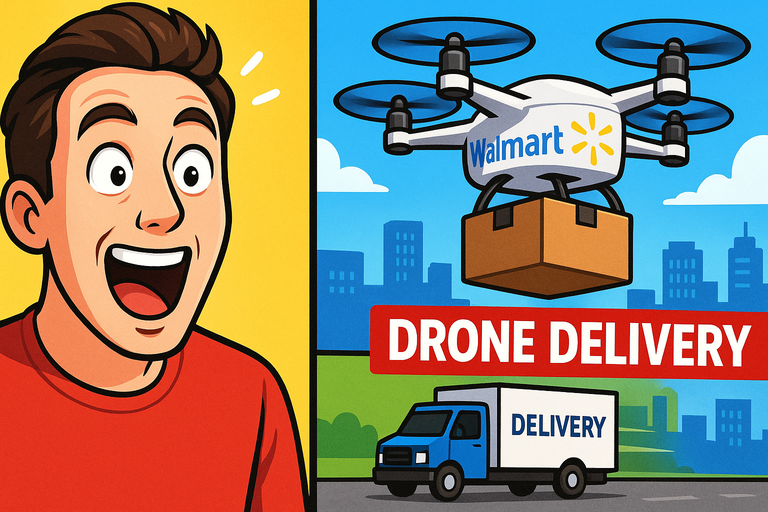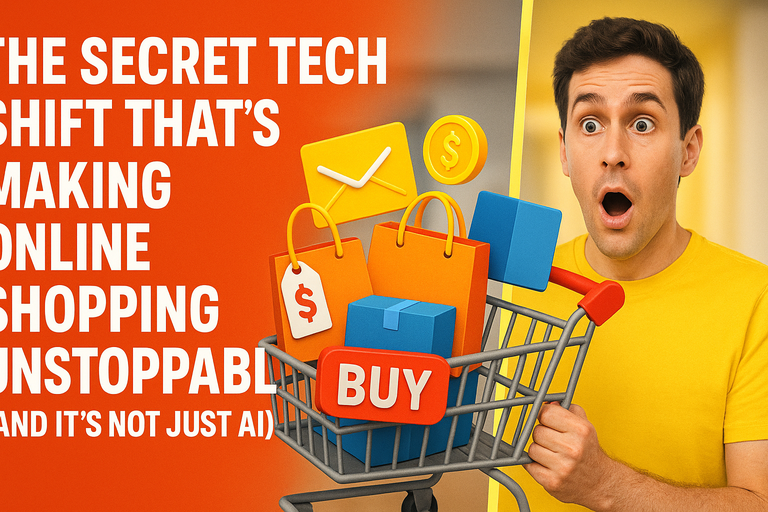
Ever feel like your paid media reports are missing that special something?
Let me paint you a scene: You’re sipping your coffee, scrolling through your latest ecommerce campaign results, and the numbers kinda… blur together. CPC, ROAS, MMM (what even is that, really?)—it’s all there, but something’s not clicking. You know people are seeing your ads, but are they truly picturing themselves using your products? Or is your brand just another click in the endless feed?
You’re not alone. I was just reading this eye-opening article on Search Engine Journal about the hurdles brands face trying to crack paid media reporting and attribution. It dives deep into KPIs, incrementality testing, and all the new fancy models marketers are using to track every dollar spent. But here’s the kicker: none of these numbers matter if shoppers can’t actually see themselves in your products.
The Attribution Trap: Chasing Numbers, Missing People
If you geek out on marketing analytics, you know how easy it is to chase attribution models down a rabbit hole. The article talks about marketing mix modeling and incrementality testing—tools for proving your ads work. But honestly, have you ever asked: Do these numbers really show how much my customers want this product? Or are we just spinning dashboards?
Let’s get real: Traditional attribution tells you how someone found you, not why they fell in love with your product. The magic happens when a shopper actually imagines themselves with what you’re selling, whether it’s shoes, a sofa, or a killer pair of sunglasses. Visual shopping is what bridges the gap between “maybe” and “HECK YES.”
My Own “Aha!” Moment: A Picture’s Worth A Thousand Conversions
I’ll confess—I’ve spent way too long debating creative choices and tweaking targeting, thinking that was the secret sauce to higher conversion rates. But it wasn’t until I tried a visual shopping extension that I realized I’d been missing the most obvious ingredient. When I saw myself in the product photo (thanks to a tool like XP9’s personalized Chrome extension), everything changed. Suddenly, the product wasn’t just a pretty image; it was my future self.
I’m not the only one. Shoppers crave personalization—especially in 2025, where we’re basically living through an AI-powered retail revolution. If your site, your ads, and your reports can’t capture that “see it, be it” moment, your attribution models are just numbers on a screen.
Unlocking the True Value of Paid Media
So, how do you actually show your paid media is working, beyond the spreadsheets? By integrating visual shopping technology that lets customers try before they buy—in the most literal sense. The Search Engine Journal article spotlights the need for incrementality testing, but imagine if you could show a direct lift in conversions every time someone used a try-on extension. That’s not just a stat; that’s living proof your campaigns resonate.
Here’s what to look for in a visual shopping tool:
- Simplicity: It shouldn’t take a PHD to use it. The XP9 Chrome extension nails this—just click, upload a selfie, and voilà, you’re in the product photo.
- Real Personalization: Being able to picture yourself in the item triggers an emotional connection that generic ad copy never could.
- Compatibility: Works alongside your existing analytics, so you can compare conversion rates from visual shoppers vs. non-users.
- Innovation: Don’t settle for “me too” tools. XP9 stands out because it’s not just another AMZ add-on; it’s built for actual, meaningful previews.
The Results? They’ll Show Up in Your Reports—For Real
Imagine your next paid media report. Not only do you have your usual suite of KPIs, but you’re tracking conversions directly driven by customers who interacted with your virtual try-on tool. Now you’re telling a story that goes beyond last-click attribution. You’re showing stakeholders a genuine boost, thanks to a human experience, not just better targeting or more spend.
The 2025 Zeitgeist: Why Now Is the Time
Let’s be honest: In a world of endless scrolling, people want something that stands out—and feels like it’s made for them. The rise of AI shopping assistants is only accelerating expectations for personalization. If you’re still relying on static product galleries (or, let’s face it, those awkward mannequin models), your paid media spend may look good in a PowerPoint, but you’ll miss out where it counts: the shopping cart.
So here’s my direct challenge to you: Next time you’re deep in paid media analytics, ask yourself, Am I measuring what actually matters? Consider testing out a visual shopping tool like XP9’s extension—let your customers see themselves in your products before they buy, and watch how the story in your reports begins to change.
TL;DR: Your paid media reporting isn’t just about what you track on the backend. It’s about delivering an experience so personal, customers can’t help but click “Buy Now.”
What’s the one thing you wish you could measure about your customers’ shopping journey? Drop your thoughts below—I’d love to hear what you’re tracking, or what you wish you could!


